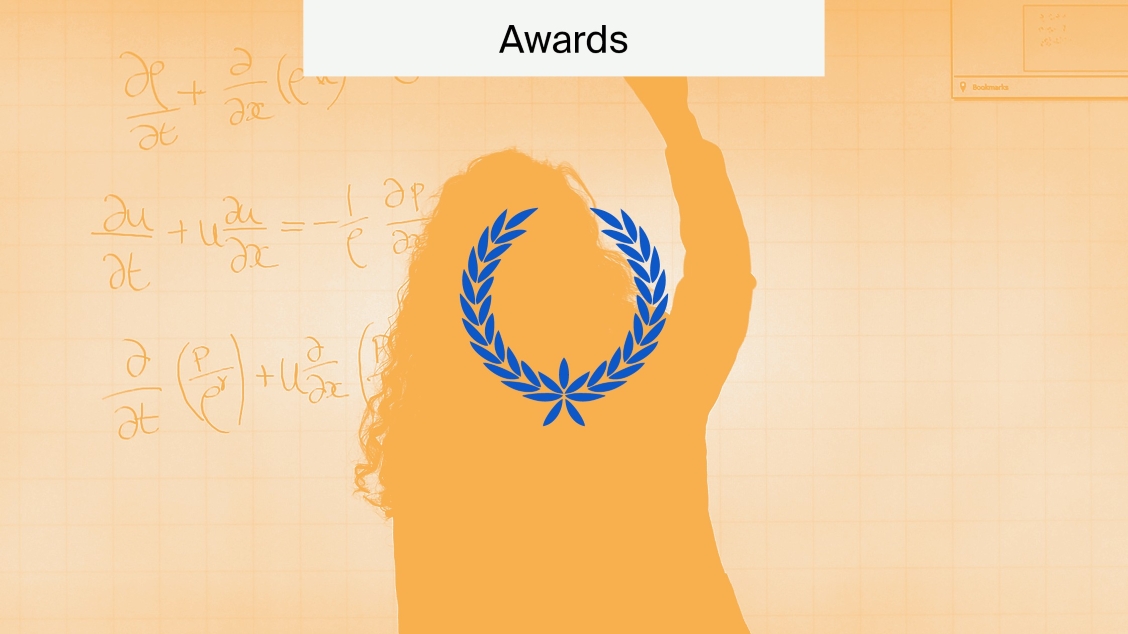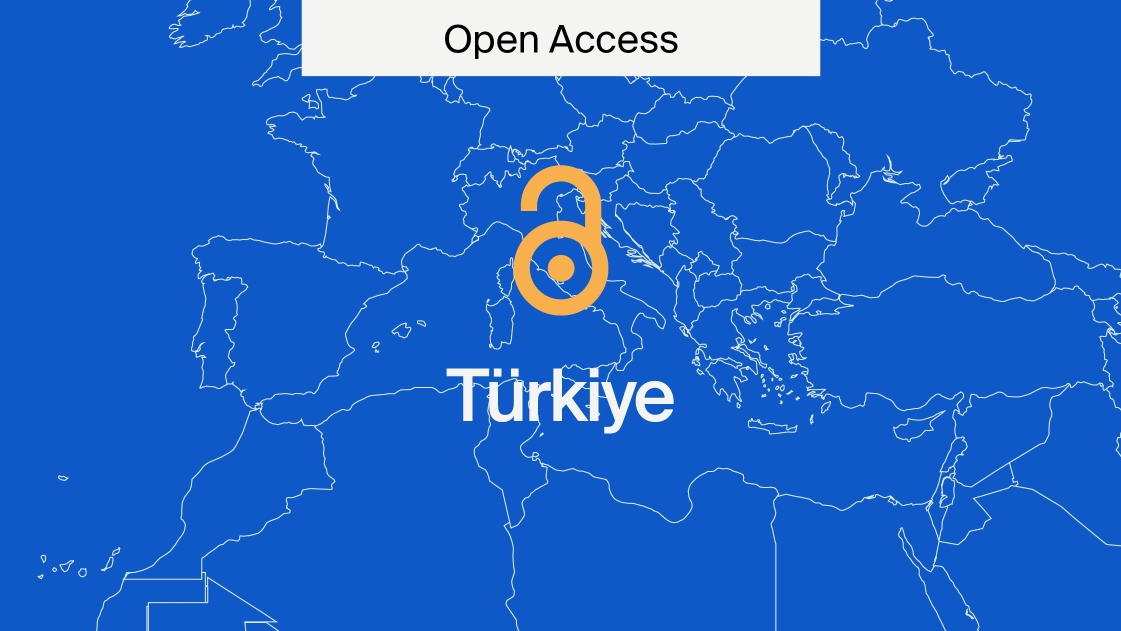
How To Use Dashes and Hyphens
Dashes and hyphens play many roles in the English language. As they look very similar, there is a lot of confusion around their correct usage.
Here, we take a look at the differences between dashes and hyphens and their correct usage.
How to use hyphens
The hyphen is a punctuation mark that is used to link connected words to one another. It is used to provide clarity in complex sentences whose meanings could otherwise be misconstrued.
Compound Modifiers
One of the most common uses is to form compound modifiers, which are two or more words that are linked together to describe a noun. For example:
“Wild-goose chase”
Here, “wild-goose” is acting as a single unit to describe the noun “chase”. Without the hyphen, this could be interpreted as a goose chase that was wild, not the actual goose itself. The hyphen clarifies to the reader which component of the sentence “wild” is referring to.
Dangling hyphens can also be used in this context to prevent repetition when using multiple modifiers. For example:
“A family-owned and -operated business”
“Three- to four-year-old car”
Affixes
Hyphens can also be used to connect prefixes and suffixes to a stem word, such as “self-reliance” and “president-elect”. The addition of an affix alters the word’s meaning. Often, an affix is so commonly used with a word that the hyphen is eventually dropped – for example, “antioxidant” and “clockwise”.
Compound Nouns
Hyphens can also be used to form compound nouns. These are words or phrases that need to be linked to show they are one entity, like “mother-in-law” or “passer-by”. These examples are typically hyphenated, but there is a lot of diversity in how authors use hyphens for other compound nouns. For example, “orang-utan”, “orangutan”, and “orang utan” are all in common usage: it just depends on the personal preference of the author. It’s important to make sure that the hyphen or lack thereof is consistent throughout your paper in these instances.
Adverbs
It’s always incorrect to add hyphens after adverbs (which commonly end in -ly). For example, “closely-related” is not grammatically correct. Because an adverb’s function is to describe the verb, its hyphenation here is unnecessary, as the words are clearly linked.
How to use em dashes
Em dashes are used in much the same way as commas but indicate a harder break in the sentence. They are the longest dash and generally used sparingly to emphasize an important piece of information or to provide clarity to a long, complicated sentence. For example:
“Thirty people—including several newcomers—attended the seminar last week”
Here, the em dashes act similarly to brackets—i.e., they add additional information to the main clause. Note that there are no spaces either side of the dashes and that a second em dash is required to close off the additional information, in much the same way as you would close brackets.
Here, they could be replaced by commas
“Thirty people, including several newcomers, attended the seminar last week”
or brackets
“Thirty people (including several newcomers) attended the seminar last week”.
As this demonstrates, their use is often down to personal preference and how much emphasis the author wants to put on a certain statement.
Also, they can be used in place of colons to introduce information, as in the following examples:
“ctrl—control”
“Standard deviation—15%”
Many authors make the mistake of using hyphens in the instances outlined above. Formally, this job is reserved for the em dash, but there is some leniency in use depending on the publisher. Many authors and publications choose to use a space either side of the dash, and even sometimes an en dash in place of an em dash.
How to use en dashes
En dashes are used to indicate relationships or interactions and ranges. They are longer than hyphens but shorter than em dashes. Generally, they stand in for prepositions and conjunctions, like “and”, “to”, and “versus”. For example:
“north–south direction”
“July–September”
“England–France”
These could be written as “north to south direction”, “from July to September”, and “England versus France”, respectively.
They give a stronger indication of the relation between the words than hyphens, highlighting that each is of equal value. This is frequently seen when the names of places or people are used as modifiers, such as “Mann–Whitney U test” and “Cambodia–Vietnam relations”.
It should be noted that ranges using en dashes shouldn’t be preceded by “from” or “between”. These should be joined by “to” and “and”, respectively. For example, the correct usage would be:
“from 1980 to 1990”
not
“from 1980–1990”.
In scientific research
In scientific articles, en dashes can also be used to indicate bonds, like “hydrogen–oxygen bond”, or mixtures, like “sand–water mixture”. Words like ‘relationship’ and “interaction’ act as clue words in a lot of other cases, hinting at the relationship between the components.
Summary
With these rules in mind, it should be easier to identify when to use a hyphen, en dash, and em dash.
Take a look at some of our other resources, such as 5 tips to improve your manuscript and easily avoided English errors.
We can help you edit your project

Understanding punctuation and grammar can be challenging and time-consuming, so choosing editing services that work for you is important. Like dashes and hyphens, there are many tricky concepts to grasp within English to ensure your work is accurate, and it always pays off to have a professional look at your work. If you need a quick basic edit or a comprehensive specialist edit, MDPI can help. If you’re still not sure, don’t have time, or want a pro to look at your references, let our skilled English Editors help. Visit MDPI Author Services now for a free estimate for fast, accurate, and professional editing.











On subscribing a message was displayed that a mail is sent to my mail id but nothing receivedcso far..
Hello,
Please check your spam folders. Please also note that sometimes it takes time for emails to show up. Hope this helps.
Useful for me. But let me know how end and em dashes are created on a PC ?
HYPHEN IS CLEAR.
Hello M.R.
ALT+0150 and ALT+0151. Hope this helps.
Thank you for apprehending the concept elaborately
Within English-not with in!
Thank you for pointing out this error – I’ve updated!